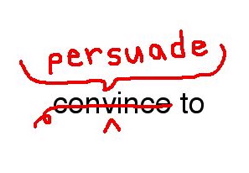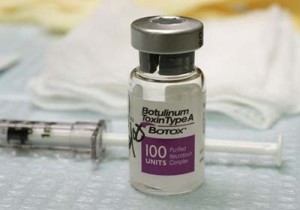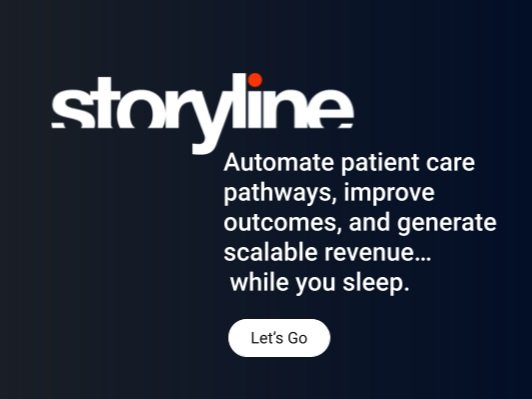Is Productivity Evading Your Medical Spa?
/ Does your medical spa or office run like a hamster on a wheel? Is your payroll increasing but your revenues are declining?
Does your medical spa or office run like a hamster on a wheel? Is your payroll increasing but your revenues are declining?
The definition of "Productive" according to Webster’s is:
1: having the quality or power of producing, especially in abundance
2: effective in bringing about
3: yielding or furnishing results, benefits or profits
To expand a bit on Webster, we can define "productivity" as using the energy of people to create better ideas, better products and better working conditions - all leading to abundance for the people involved.
To improve existing productivity means removing existing barriers and energy-wasters that drain valuable resources (like people, money, focus) away from the production of better ideas, products and work environment.
Increasing productivity in your medical spa, clinic or office means being able to get better results without more staff, more resources, more cost, or more energy. So this means learning how to do the work so that less energy is required to produce the same results, producing higher results using the same amount of energy. The result is abundance for the whole team, happier patients and less staff turnover.
The start of every workday can often be overwhelming. You are likely to come into an office with an overflowing email inbox, endless lists of messages on the voicemail, messages from coworkers, to-do lists from your last meeting, as well as the every day tasks that were not completed from previous day or week. Lastly, you are likely to have a line of impatient people waiting to speak with you throughout the day.
Using a set of disciplined skills can help you get the “stuff that matters most” done first.
1. Communication
One of the most important skills in any business is effective communication. When you are communicating with staff and clients, make sure that all your instructions and information is crystal clear. Simply repeating the same request in different words at the end of a conversation can mean the difference between getting the report you want and the one that your staff thought you wanted. Always check for understanding.
With communication, clarity is the number one objective. You may have a degree in English, but the person you are communicating probably doesn’t. Keep the language you use simple and you increase your chances of being understood.
2. Planning
With larger projects, plan the entire project at the beginning. Let’s say you are remodeling your office to add space for 2 more cosmetic dermatologists – a daunting task for sure. Break it down into smaller steps and assign a date by which each step should be completed. Delegate any of the project that can be done by someone else, but keep it closely supervised as to who is doing what and when you need it completed by. Once you have planned how you will do the project, you will find it much easier to dive in and get started. Ask for frequent updates from anyone working on the project.
3. Procrastination
For many people, this is the biggest time thief of all! The most vital thing you need to do is to acknowledge that you are guilty of procrastination, and then identify the tasks you tend to put off as long as possible. Once you know which things you are likely to procrastinate about, consider why it is you don’t want to do them. Perhaps they are too large, too boring, or just seem like a waste of your time. By identifying the reasoning behind your procrastination issues, you can find solutions, such as breaking larger projects down into smaller pieces (see planning above), scheduling the boring tasks for first thing in the morning so they are done, and delegating (see delegation below) any tasks that are so routine they feel like a waste of your time. Eliminate procrastination from your working day and see how much more you can accomplish in your day.
4. Prioritizing
Jumping around from one project to another, not feeling as if you have accomplished anything each day or constantly rushing to finish on deadlines is a sign that you need to reorganize how you approach your task scheduling and work prioritizing strategy.
Each morning go through your in box and prioritize its contents. Once you know what has to be done, how urgently it is needed, and how long it is likely to take to complete, add the tasks in order of importance to your work schedule for the day.
At the end of each month take a look at the projects that are known for the month ahead and start to schedule when you might start working on these so that you start the month already thinking about what needs to be done.
5. Delegation
If you have a staff or team, delegate some of your routine tasks right away. Every front desk receptionist has slow times; a perfect time for you to delegate. This will leave you open to handle the more high-level tasks. We can tend to gravitate to “what is easy or comfortable”, but it’s important to push as much down to your team as possible. It let’s them grow in their jobs and allow you the freedom and time to be creative, grow your client base and earn more money.
Making these changes won’t happen overnight, but whether you are running an office or a med spa – increasing productivity will typically lead to decreasing cost and a happier bottom line.



















